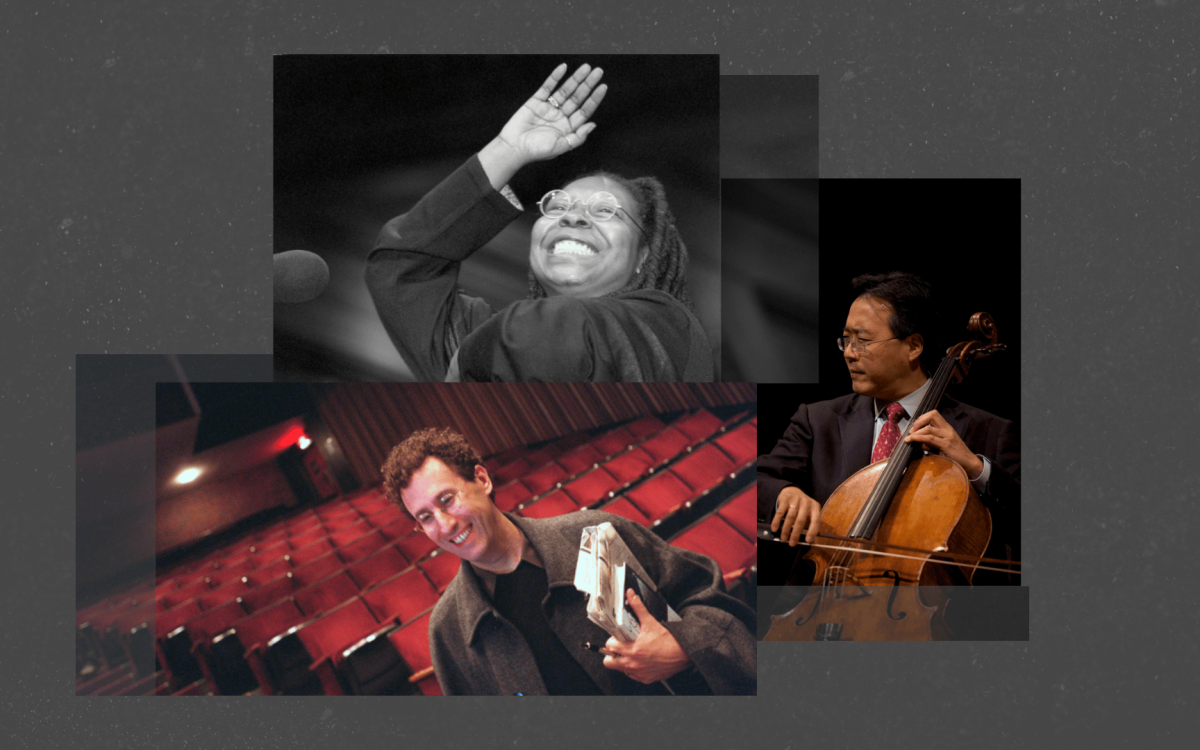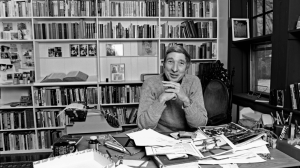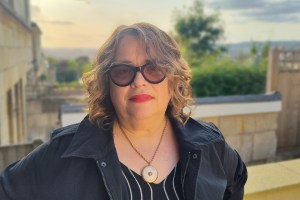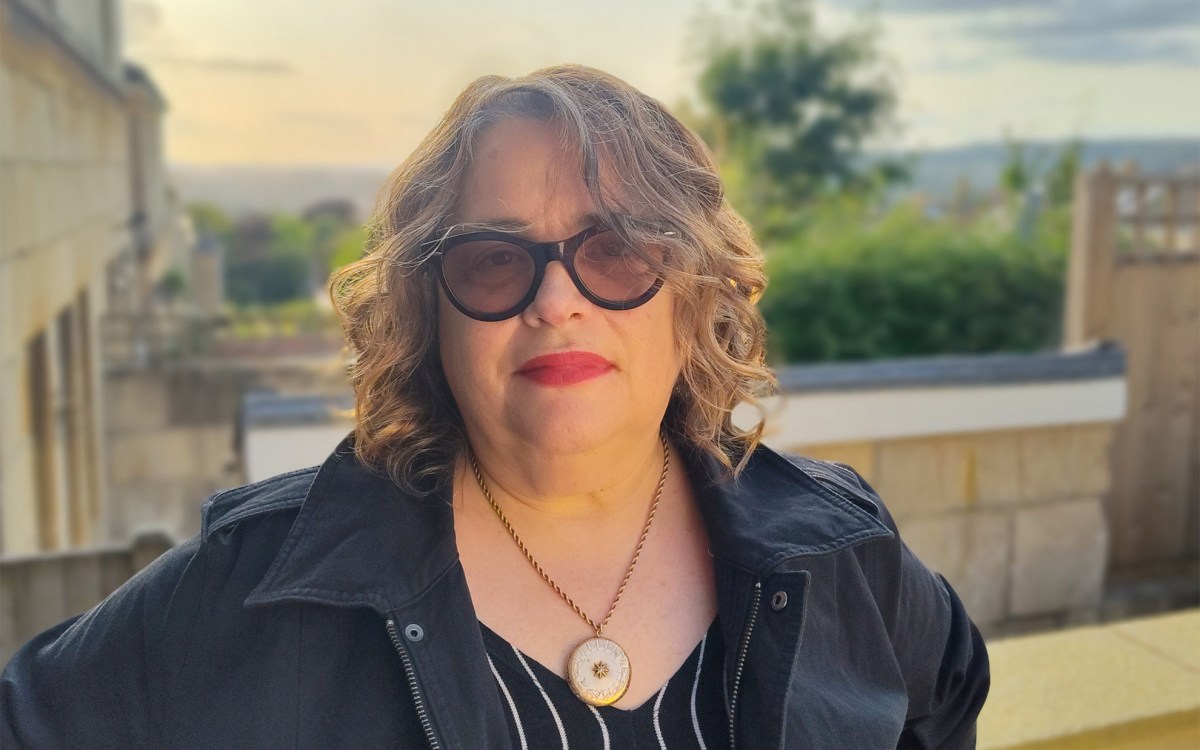
Photo courtesy of of Oisín Ó Muirthile
Tracing roots of hidden language of an outsider minority
Graduate student aims to update large gaps in research on argot of Irish Travelers
The origins of the ethnic language of Irish Travelers, a traditionally nomadic minority, have long been a mystery. Some linguists believe it has ancient Celtic roots, others that it was fabricated by medieval poets or monks, while still others think it’s only some 300 years old, coinciding with the rise of English in Ireland.
Oisín Ó Muirthile finds all these explanations lacking.
“We have this vast range of potential time depth that, for me, was intriguing,” said Ó Muirthile, a Ph.D. candidate studying Celtic languages and literatures and linguistics. He spent the last 10 months based in Dublin on a Sheldon Traveling Fellowship, researching the roots of the language known as the Gammon or the Cant by its speakers, and called Shelta by academics.
His interest was sparked by the significant lack of updated research. “In terms of linguistic investigations, there haven’t been a lot; maybe a handful,” Ó Muirthile said. “That really intrigued me, academically. I had never encountered this big of a gap that I might be able to contribute to.” But he also hopes his work will prove useful to the Travelers, who fear the erosion of interest in the language among younger generations.
Gammon/Cant is largely a spoken language with little written record (nothing definitively older than 1882) and no conventional spelling system, according to Ó Muirthile.
Ó Muirthile, a native of County Limerick who is fluent in modern Irish, explored archives at the National Folklore Collection at University College Dublin, the School of Scottish Studies Archives at the University of Edinburgh, the Museum of English Rural Life, and the National Library of Ireland. He also continues to meet with Travelers to discuss modern usage in order to gather a corpus, or text dataset, for analysis.
The process isn’t easy. Gammon/Cant is largely a spoken language with little written record (nothing definitively older than 1882) and no conventional spelling system, according to Ó Muirthile. This is partly intentional, as it is essentially an argot, the private language of a closed outsider community that faced suspicion and bias for centuries.
Ó Muirthile’s source materials are mostly manuscript notes in near-illegible handwriting and crackling field recordings from the 1950s. Another issue, he noted, is that most early collectors were unfamiliar with both Gammon/Cant and Irish, leading to many errors in their documentation.
The vocabulary is largely of Irish Gaelic origin with sounds reordered — what linguists call metathesis, Ó Muirthile explained. For example, the word cailín (“girl” in Irish) is laicín or lackeen in Gammon/Cant, while doras (“door” in Irish) is rodas or ruddus.
Today, the syntactic structure resembles English. For example, someone might say, “The lackeen’s at the ruddus,” meaning “The girl is at the door.” Even so, Gammon/Cant has developed its own unique and distinct character that varies widely among speakers.
Ó Muirthile’s research leads him to believe the language’s origins are “certainly centuries old, likely post-medieval,” though precisely how old is still unclear. Still, he is comfortable discounting monks or poets as the source.
“There’s an idea that you’d need formal literary training to come up with such a complex system. I don’t think there’s any evidence of that,” Ó Muirthile said. “The attested forms I think are quite easily explained with the phonetic form, without recourse to writing.”
Members of the community have increasingly expressed the need for language preservation, though most advocacy groups are focused on more urgent issues such as health, accommodation, poverty, and education.
He also doesn’t believe the use of English grammatical structure suggests the language is relatively modern. Instead, he believes this aspect evolved due to increased English usage among Irish Travelers in the 18th and 19th centuries, similar to the impact on modern Irish.
Today, most Travelers don’t travel due to anti-nomadic laws and instead live largely stationary lives, which many consider forced cultural assimilation. Ó Muirthile described overt ethnic discrimination and social ostracization they routinely face from wider Irish society.
Members of the community have increasingly expressed the need for language preservation, though most advocacy groups are focused on more urgent issues such as health, accommodation, poverty, and education, Ó Muirthile said.
“Some have reported drop-off in language acquisition among the youngest generation, which every Traveler I’ve spoken to says is a shame,” Ó Muirthile said. “The language, of course, is very important but at the end of the day, you need to be alive to have your language.”
Ó Muirthile has been focusing on the densest parts of archival research with the hope of making the information available for future Traveler researchers. Due to the private nature of the community, Ó Muirthile is undecided whether to make public the corpus he has created, but he hopes to make it available to the group after he completes his dissertation.
“Compiling these things and presenting [them] in an academic form is obviously important for academic research, but it doesn’t necessarily translate well into accessible literature,” Ó Muirthile said. “I will continue to discuss with Travelers how it might be turned into something more useful for the community.”




